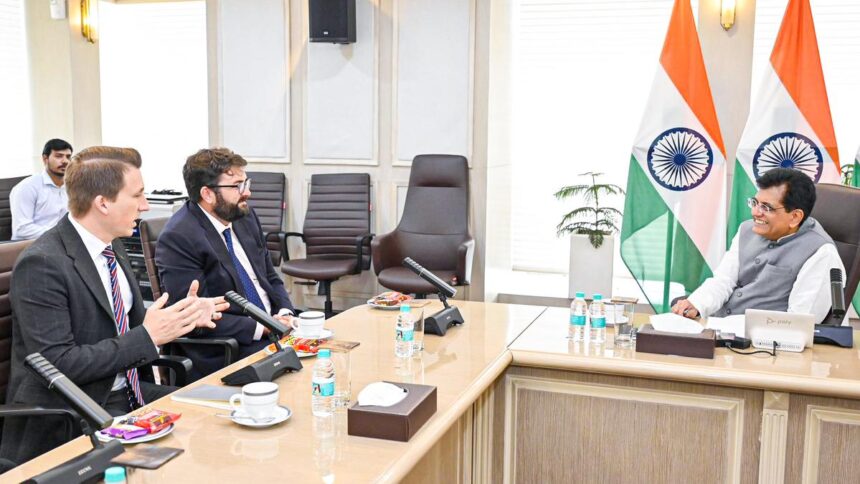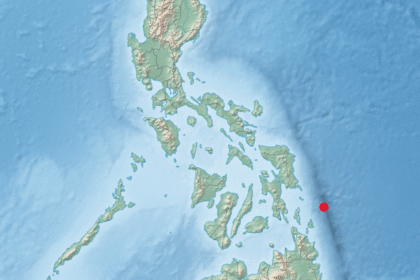Starlink’s Journey to Connect India: Navigating Legal, Regulatory, and Security Challenges
India’s vast rural expanses often overshadow the country’s urban-centric digital growth. Digital isolation has long stifled progress. Starlink’s ambitious satellite network promises to bridge this gap by providing high-speed internet across remote areas where cables and towers don’t reach. However, as this technological advance prepares to bridge the digital divide, it faces complex legal, regulatory, and security challenges.
Which Regulations Apply to Starlink?
Starlink must navigate a complex legal and regulatory landscape in India. The cornerstone of this landscape is the Very Small Aperture Terminal (VSAT) licence from the Department of Telecommunications, as required by the Indian Telegraph Act, 1885. Section 4 of the Act grants the Union government the exclusive privilege to establish and operate telegraphs, including VSAT services. Section 7 further authorises the government to frame rules governing such licences.
The Telecom Regulatory Authority of India Act, 1997 established the Telecom Regulatory Authority of India (TRAI), which plays an advisory and regulatory role. Section 11 outlines TRAI’s functions, including making recommendations on licensing terms, spectrum management, and ensuring fair competition, significantly shaping the regulatory environment for Starlink.
The newer Telecommunications Act, 2023 governs the allocation of satellite spectrum. While it permits administrative allocation, it also requires Starlink to adhere to the security and pricing norms it outlines. Starlink’s use of Ku-and Ka-band frequencies is subject to the telecom department’s spectrum regulations, which are aligned with International Telecommunication Union standards to prevent interference with other services.
The Satellite Communications Policy, 2000 and the Indian National Space Promotion and Authorisation Centre (IN-SPACe) under the Department of Space further require Starlink to coordinate satellite operations and orbital slot use to avoid conflicts with Indian Space Research Organisation assets and to align with national space priorities.
Finally, the Information Technology Act, 2000 and the Digital Personal Data Protection Act, 2023 impose obligations related to encryption, data storage, and cybersecurity. National security concerns require Starlink to comply with directives from the Ministry of Home Affairs and intelligence agencies, which may include requirements such as real-time signal tracking and user verification.
Why Hasn’t Starlink Entered India Yet?
Several interlinked factors are contributing to delays in Starlink receiving its operational permits in India. First, obtaining a VSAT licence under the Indian Telegraph Act, 1885 involves rigorous technical and financial assessments by the telecom department, often requiring inter-ministerial consultation.
Second, although the Telecommunications Act, 2023 enables the administrative allocation of satellite spectrum, the pricing and conditions — especially for Ku and Ka bands — are still being negotiated between the department and the TRAI.
Third, a thorough security clearance process led by the Home Ministry and intelligence agencies is underway, complicated by concerns about foreign ownership and potential misuse. These agencies require extensive assurances on data protection and lawful usage before giving the green light.
Fourth, coordination with Indian space infrastructure under IN-SPACe and compliance with the Satellite Communications Policy, 2000 adds further procedural requirements.
All these delays have tangible consequences such as Starlink increasing operational costs and delaying market entry, potentially deterring investor confidence. Nonetheless, Starlink could transform connectivity once operational in India’s remotest regions, reinforcing the need for an enabling regulatory ecosystem.
Has Starlink Misuse Affected Its Security Clearance?
Reports alleging the misuse of Starlink devices for illegal activities may have likely escalated concerns within India’s security establishment. Such instances, isolated or widespread, could trigger a more stringent vetting process, requiring Starlink to implement robust safeguards such as encrypted data flows, lawful interception capabilities, and enhanced user verification mechanisms.
Compliance with the Information Technology Act, 2000 and the Digital Personal Data Protection Act, 2023 will be scrutinised as well.
Such reports may also strain trust between SpaceX, Starlink’s developer, and Indian regulators and increase the time taken to reach consensus on operating conditions. However, proactive engagement and transparency from SpaceX — such as demonstrating technological safeguards and a commitment to collaborate with Indian authorities — could help rebuild that trust and mitigate delays.
What Will Starlink Cost in India?
Starlink’s pricing in India remains speculative, but several indicators suggest the service may launch at a premium. The high capital cost of deploying low-earth orbit satellites combined with licensing and spectrum charges under the Indian Telegraph Act, 1885 and the Telecommunications Act, 2023 will likely drive up initial service rates.
Equipment cost, comprising the user terminal (dish), router, and setup, could also be significant for households in rural India. Monthly subscription fees may remain out of reach for low-income communities unless supported by subsidies or government-backed digital inclusion initiatives.
Although positioned as a rural connectivity solution, the service may initially cater to institutions, businesses, and relatively affluent individuals in remote areas. Its edge lies in offering high-speed, low-latency internet where terrestrial service providers struggle. Over time, as economies of scale reduce hardware costs, affordability and access could improve if regulatory support emerges.
Why Does Starlink Matter?
Starlink’s regulatory experience in India offers critical insights into the delicate interplay between innovation, law, and sovereignty. It underscores the importance of early, structured dialogue between technology providers and government regulators, the need for globally agile companies to adapt to local frameworks, and the centrality of national security in shaping digital infrastructure policy.
It also reminds us that spectrum, like sovereignty, is a finite national resource: its fair and efficient allocation demands a robust and forward-looking regime. These lessons are especially pertinent as India positions itself as a global digital leader.
Welcoming technologies like Starlink while upholding sovereignty, security, and equity requires a regulatory environment that is transparent, predictable, and innovation-friendly. However, perhaps more symbolically, Starlink’s journey is not just about satellites and signals; it is about bridging divides. Satellite internet holds the potential to unify rural to urban not merely in connectivity but in opportunity, voice, and visibility.
Shrawani Shagun is pursuing a PhD at National Law University, Delhi, focusing on environmental sustainability and space governance.
Reference : https://www.thehindu.com/sci-tech/science/starlinks-india-struggle-spectrum-surveillance-and-connectivity/article69504845.ece








